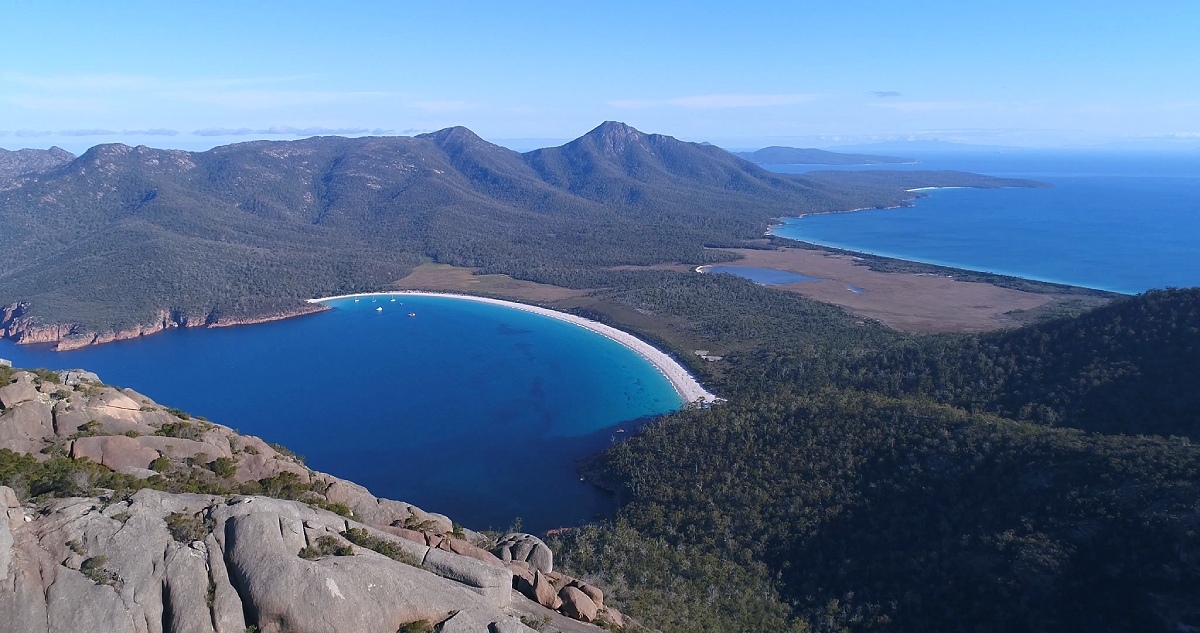When you think of Tasmania the first things to come to mind are likely rainforests, ancient trees, and dark frosty winters, but any local will tell you that Australia’s most southern state also boasts some of the most pristine beaches in the world.
Whether it’s white sand and azure waters, or more gothic, rugged coastline that your production requires, Tasmania offers an incredible range of striking coastal settings that are easily accessible by crews.
Recent productions to feature Tassie’s magnificent coastlines include The Nightingale (2018), which set its final scene at Marion Bay beach; Foxtel’s series Lambs of God (2019), which utilised Tassie’s savage Tasman Island; Amazon Prime’s series Deadloch (2023), which was filmed predominantly around Kingston and Cygnet; and 9 Rush/9Now’s reality series Aussie Lobster Men (2019–2023), which follows commercial fishing vessels around the state’s unforgiving waters and coastline.

Southern Tasmania
Approximately 20 minutes from Hobart is Seven Mile Beach, which is – as you might have guessed – seven miles long. Located conveniently close to the Hobart International Airport, those who have flown into the capital might recognise this long, sandy stretch from a flyover when coming in to land.
Aside from being a popular spot for both plane spotters and local swimming enthusiasts, Seven Mile has sweeping views of Frederick Henry Bay and has the potential to feel pleasantly isolated.
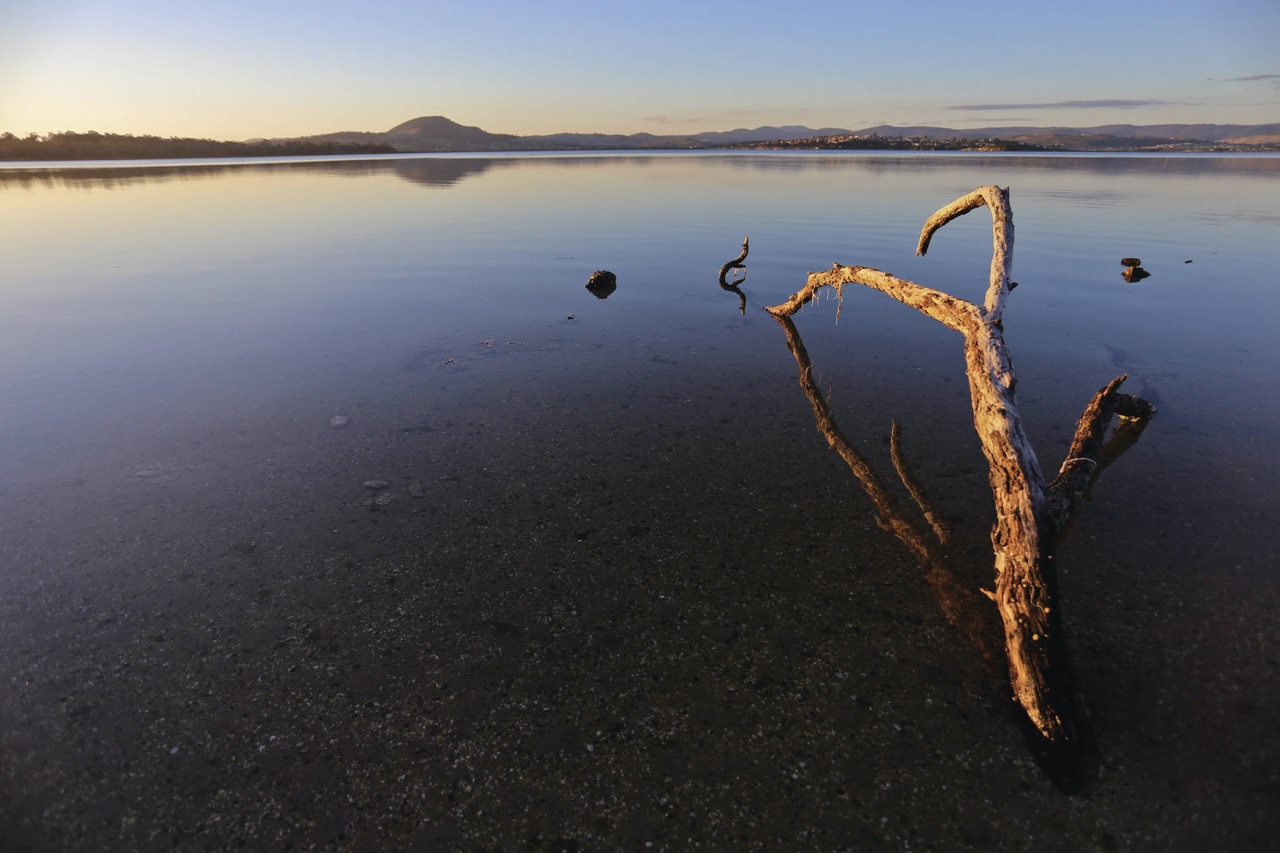
(Image credit: Tourism Australia & Graham Freeman)
Just 30 minutes further along the Tasmanian coast, and 15 minutes from the centre of capital city Hobart, lies the bustling Kingston Beach. As one of the busier inner-city beaches, it’s perfect for those seeking a beach-town aesthetic – Deadloch fans will recognise the location, which features heavily throughout the show.
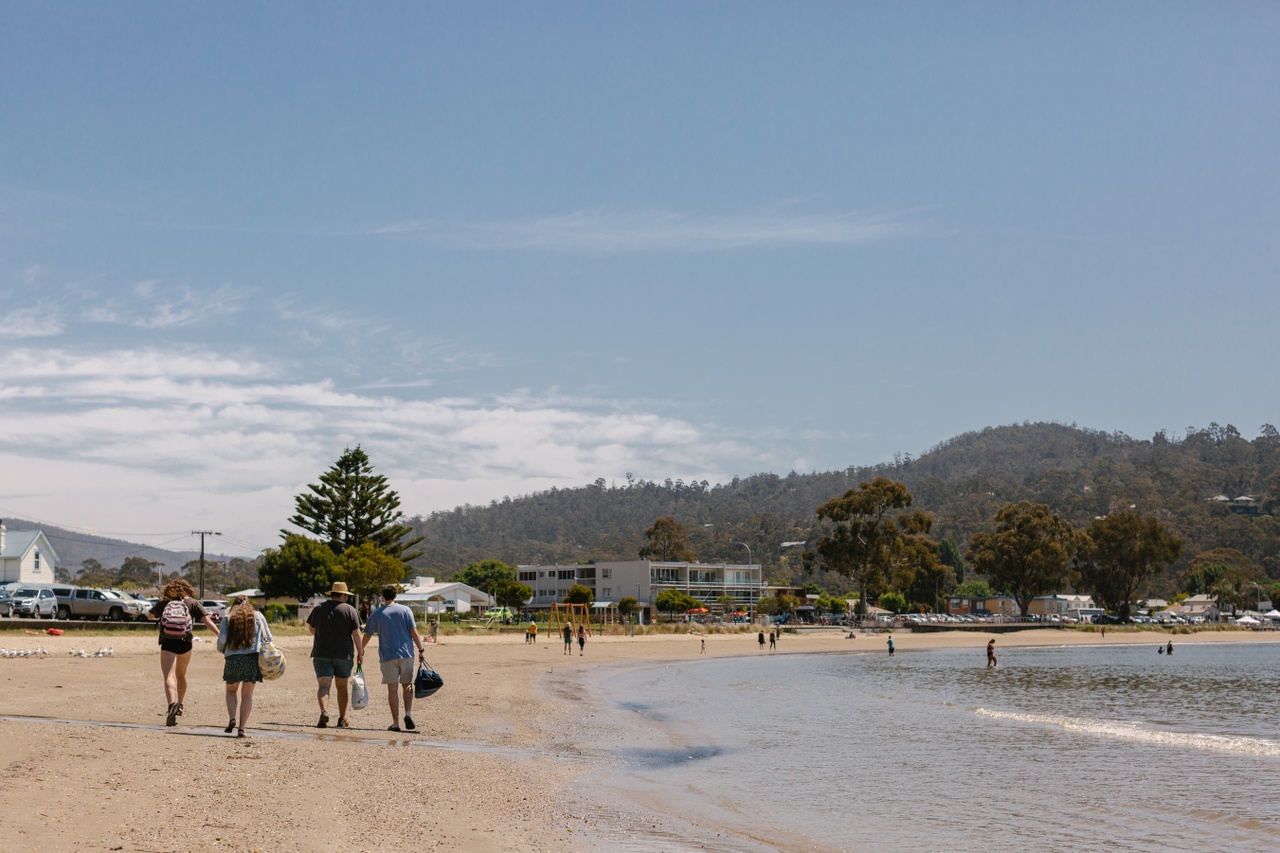
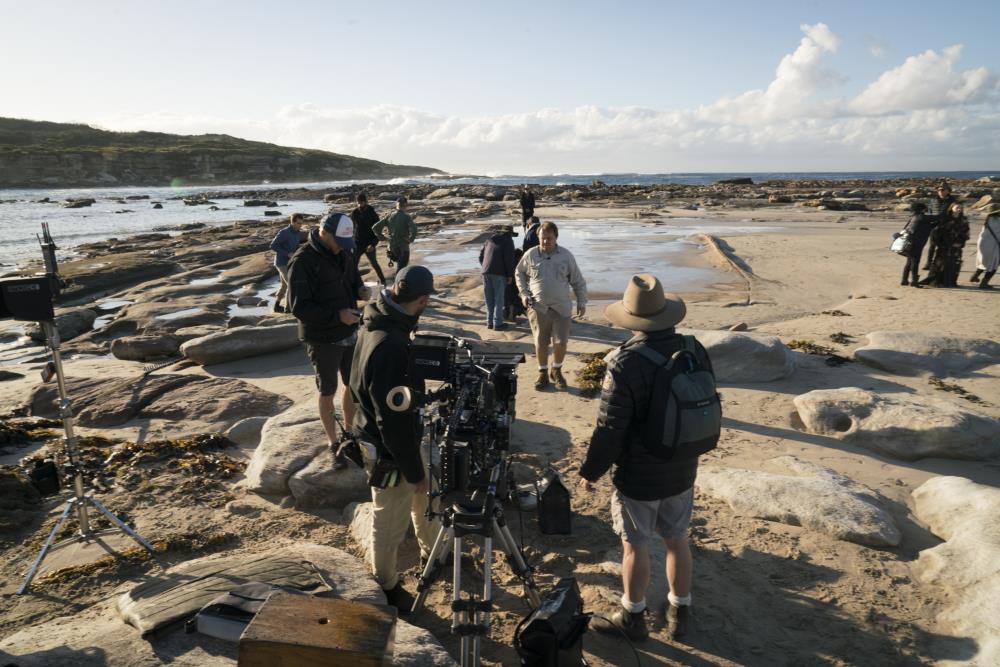
Another short jaunt from Hobart is Bruny Island, or lunawanna-allonah, which sits off Tasmania’s south-east coast. Home to many beautiful beaches, one of the most spectacular locations in the area is the narrow stretch of land known as The Neck. Nestled between the D’Entrecasteaux Channel and the Tasman Sea, The Neck features a lookout with a breathtaking 360-degree view, which makes for stunning aerial shots.
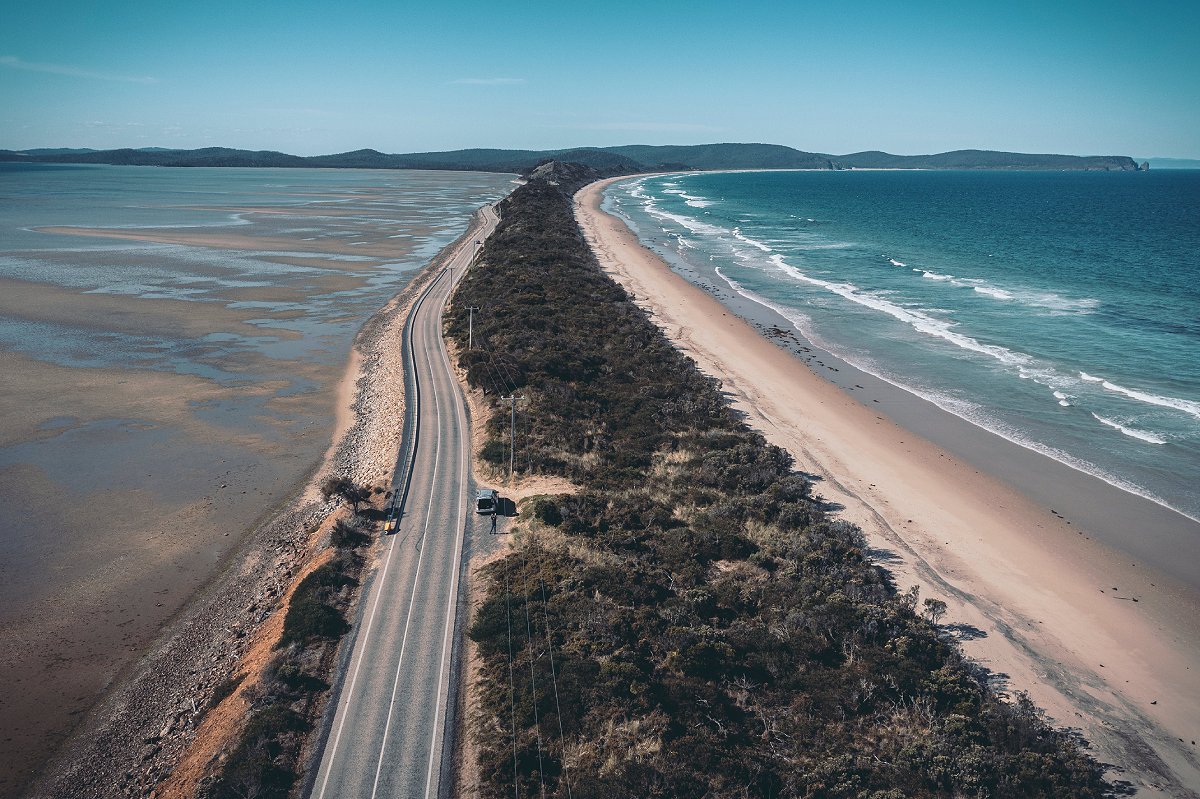
East and north-east coasts
Tasmania’s East Coast arguably has the lion’s share of beautiful and most-visited beaches. First up – on the Freycinet Peninsula – is Friendly Beaches, and then on to the town of Coles Bay for a dip in Richardsons or Muirs beaches, with their amazing backdrop of the Hazards Mountains. Coles Bay is a two-hour drive from Launceston Airport, and 2 hours 20 minutes’ drive from Hobart Airport, along the scenic route known as the Great Eastern Drive.

(Photo credits – Left: Tourism Tasmania & Paul Sinclair, Center and right: Stu Gibson)
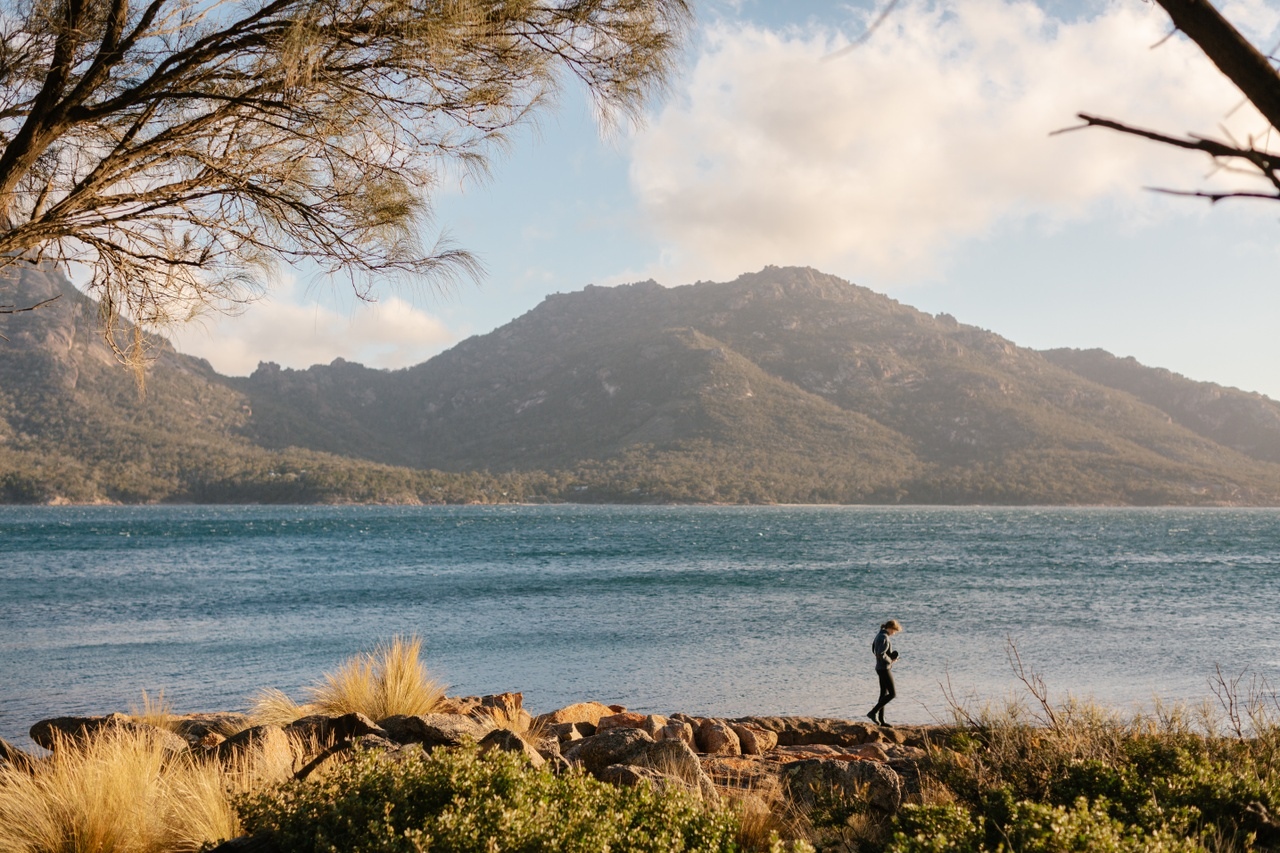
When people think ‘beaches’ and ‘Tasmania’, they often think Wineglass Bay, which has been crowned one of the best in the world. Located in the Freycinet National Park, Wineglass Bay was named for its unique shape. With pink-granite Hazards framing its edges, it makes for a pretty picture.
Further north is the town of St Helens, which is about three hours from Hobart Airport, or 2.25 hours from Launceston, and is home to the vast Peron Dunes. While these dunes are rated as ‘difficult’ for traversing, they make for some stunning imagery.
Almost at the northern tip of the east coast is the famous Bay of Fires. Around 35 minutes from the town of St Helens, Bay of Fires comprises a series of bays that make for a dramatic backdrop, with their crystal-clear waters and vibrant orange lichen–covered rocks.
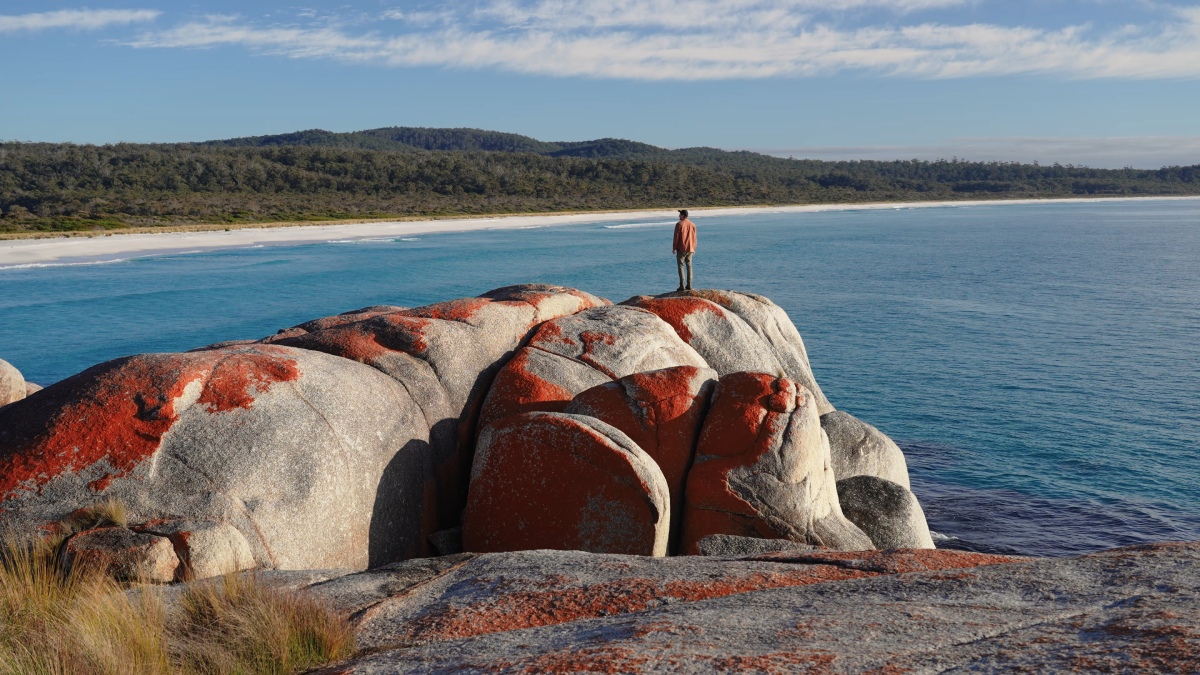
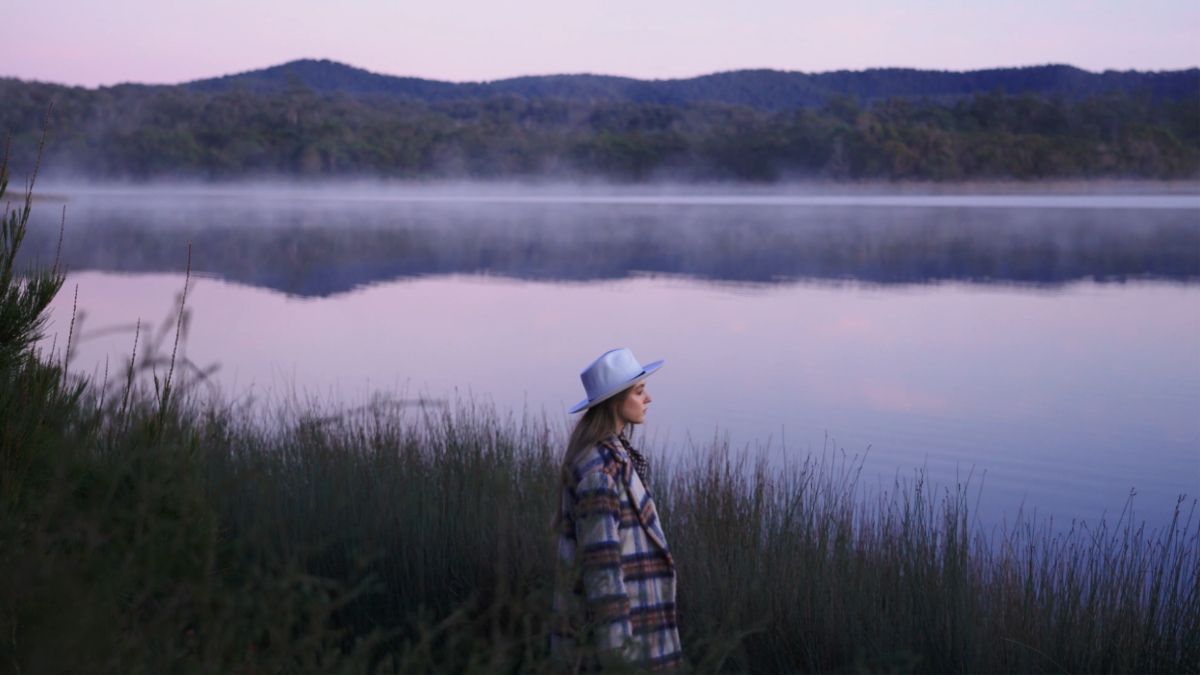
West and north-west coasts
Those venturing to Tasmania’s great western wilds will come across the vast Ocean Beach, which at 40 kilometres is the longest beach in the Apple Isle. Just a short drive from the Strahan Airport, it runs all the way from Macquarie Harbour and Hells Gates up to Trial Harbour.
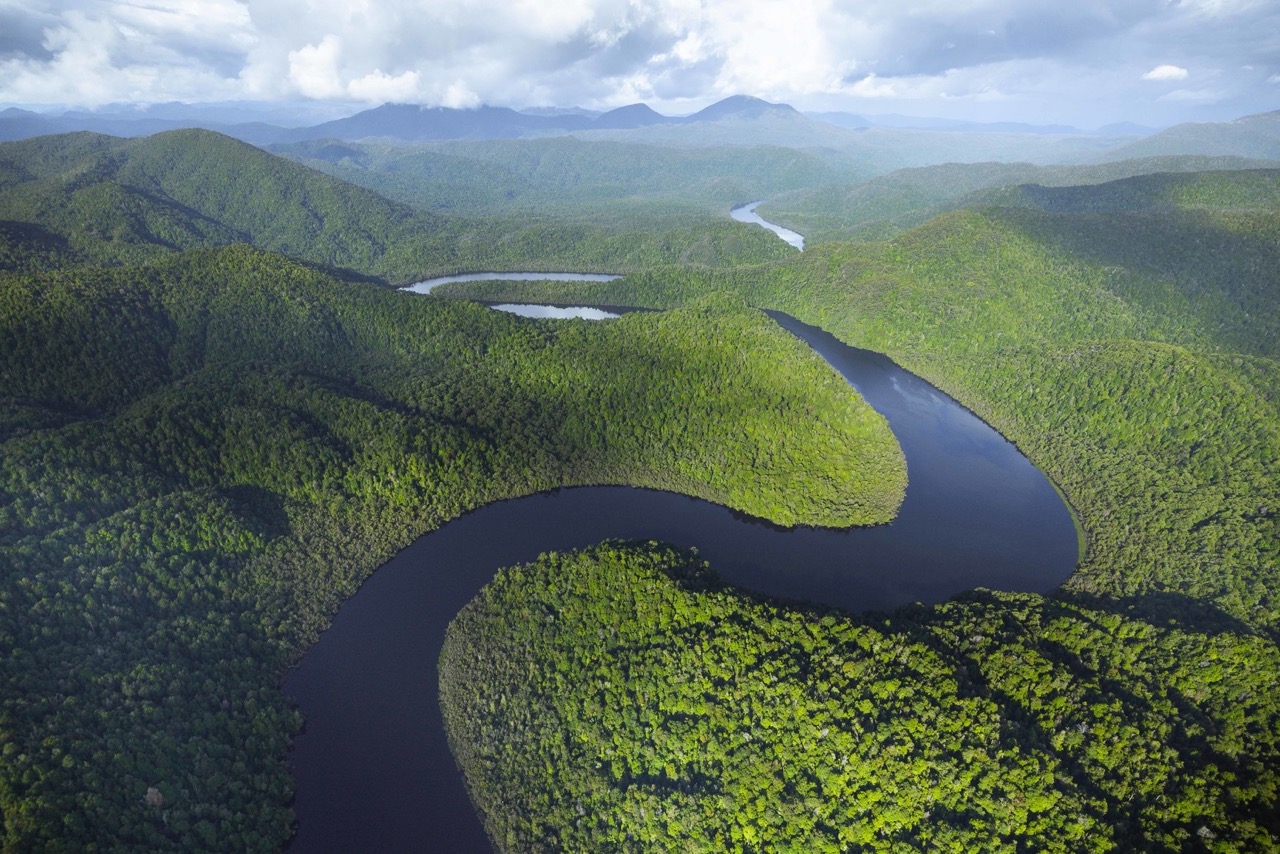
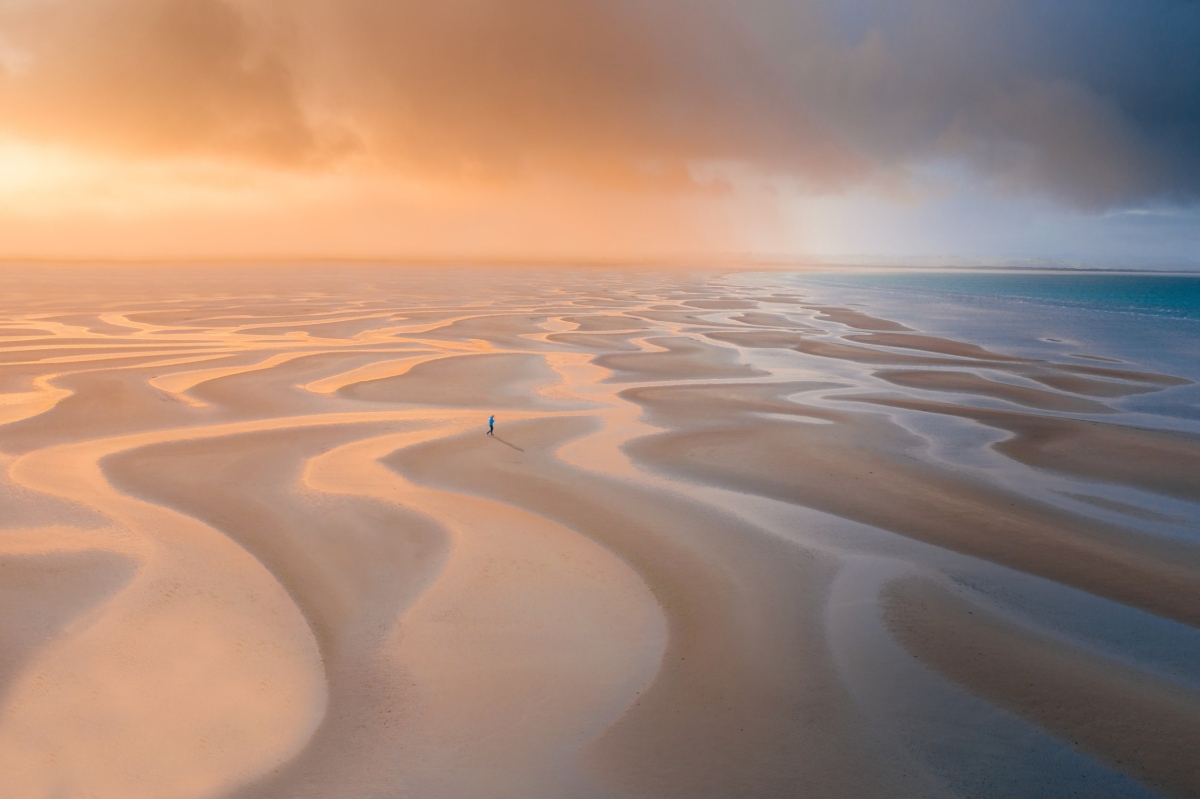
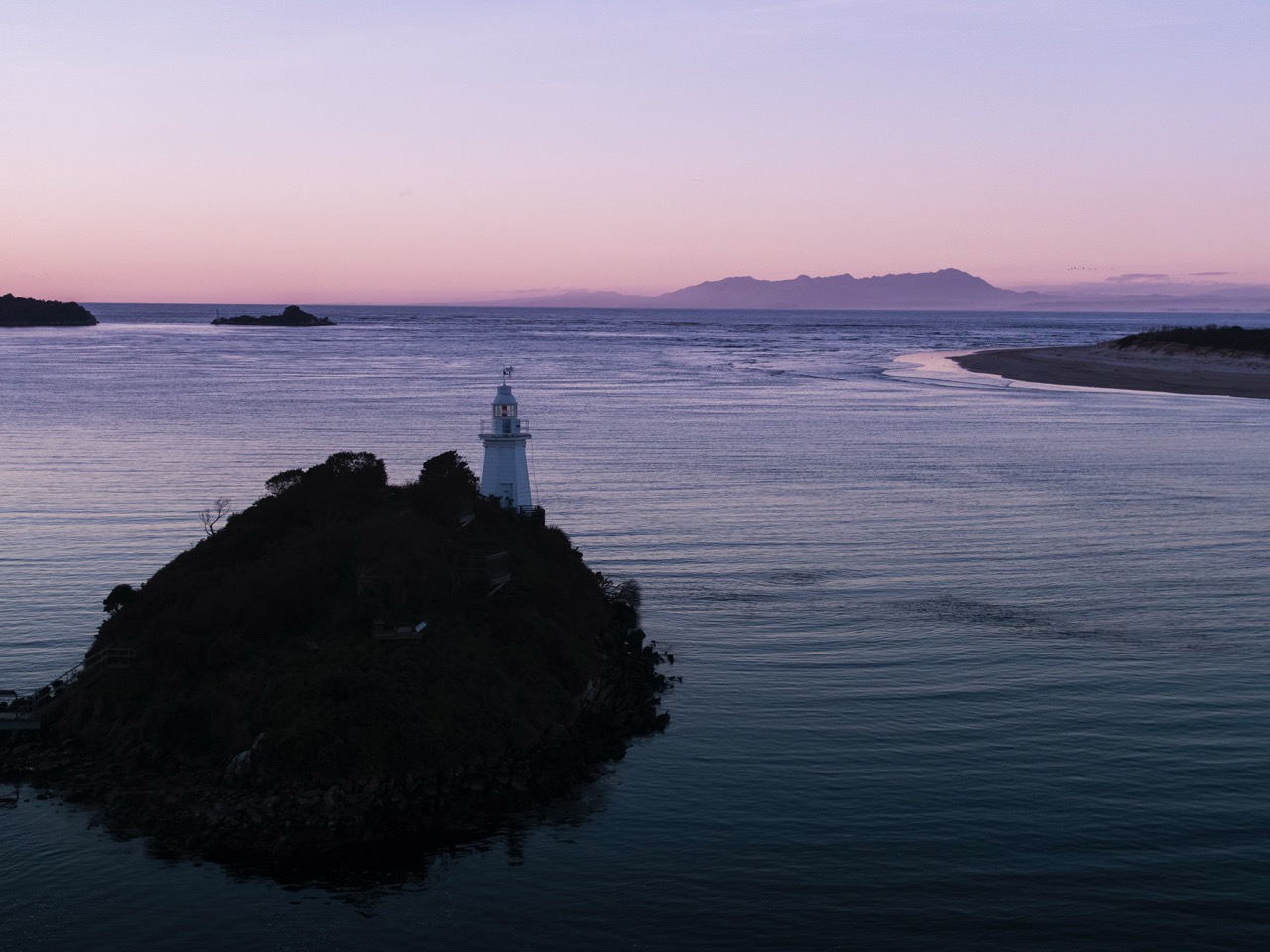
The area is also home to the 30-metre-tall Henty Sand Dunes, which extend for 15 kilometres and are well worth an explore for those seeking a desert-like landscape.
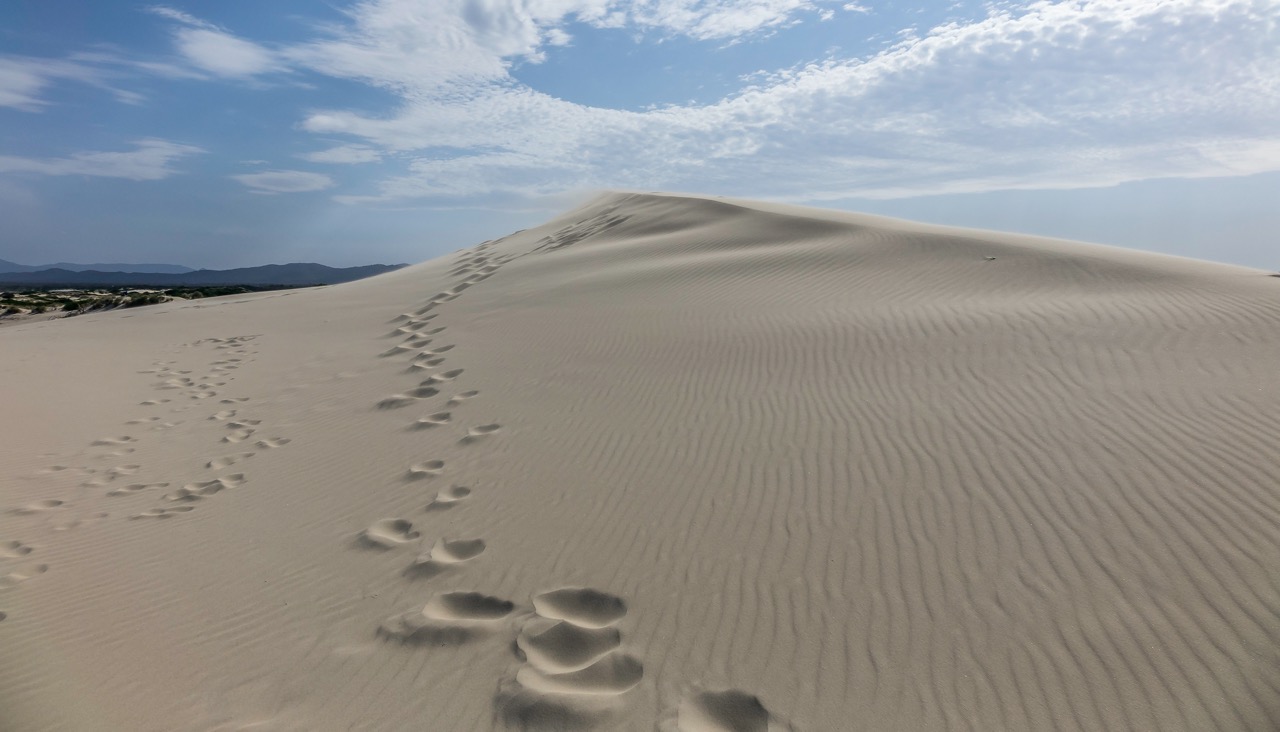
In the state’s north-west sits Boat Harbour Beach, which is one hour west of Devonport. A slightly more populous beach that is full of locals and holidaymakers in the summer, it still exudes that charming, small-town feeling. Although looking out over the expansive Bass Strait, it’s a sheltered spot fringed with trees and neighbours the scenic Rocky Cape National Park.
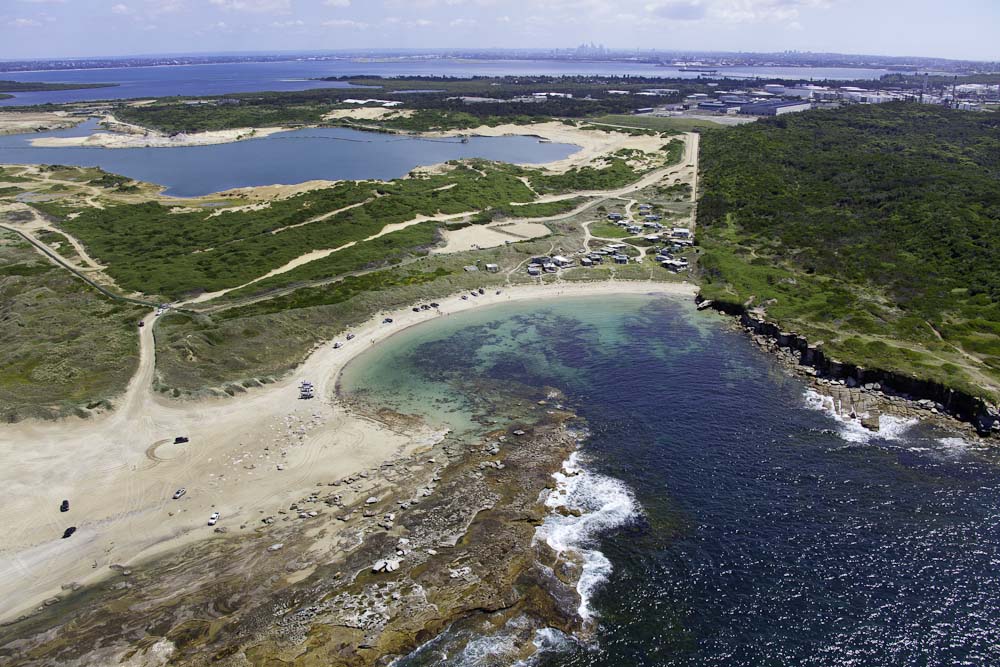
Get in touch
Screen Tasmania is happy to connect interstate and international production teams with experienced local creatives and crew, and has programs in place to support film development and production within the state.
For more information, contact Screen Tasmania:
Phone: +61 3 6165 5070
Email: [email protected]
Web: www.screen.tas.gov.au
